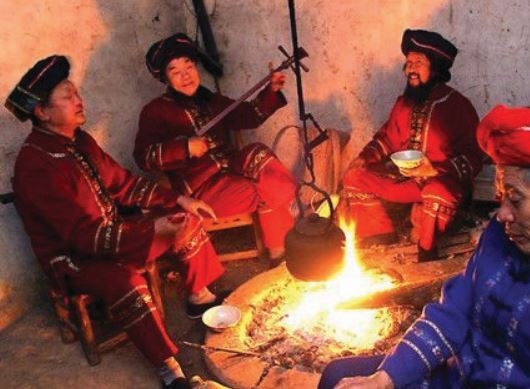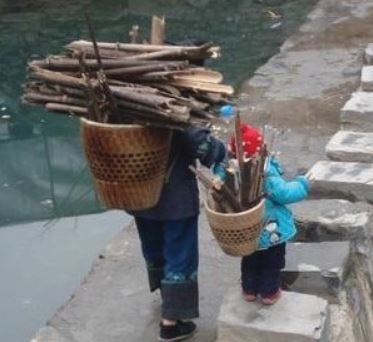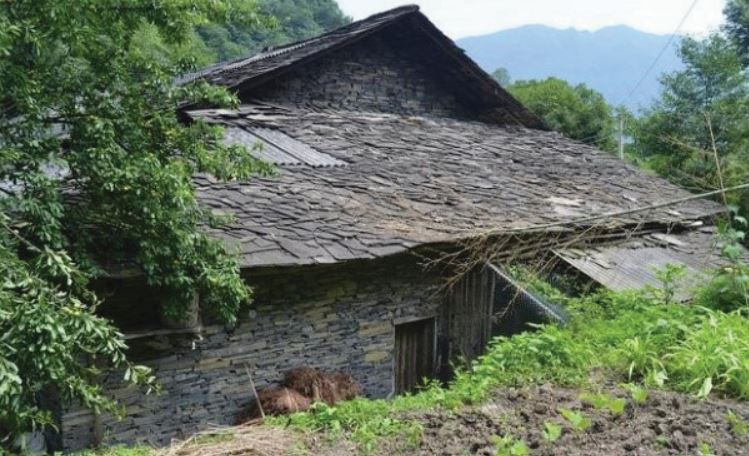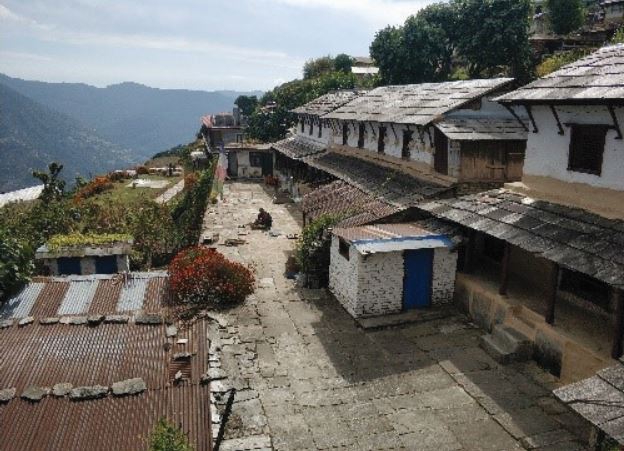In early 2014 when I was about to leave for Nepal to work as a resident reporter, the head of my Chinese newspaper asked me, “Is everything ready?” “No problem,” I replied. “I grew up at the foot of the mountain, too. The only difference is that the mountains in Nepal are bigger.”
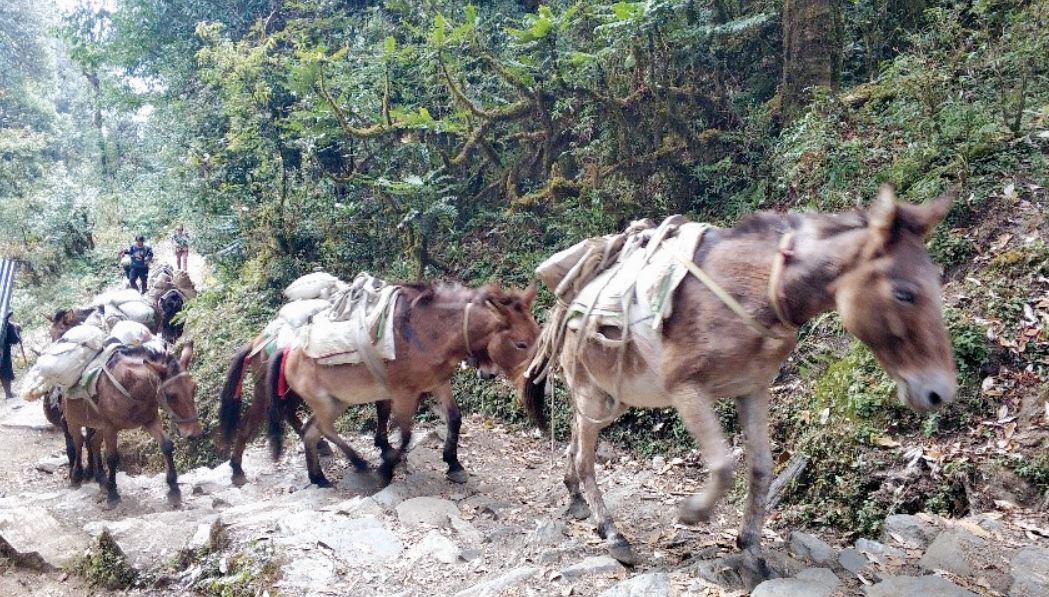
There is an old Chinese saying: ‘Different lands bring up different people’. A similar statement can be traced back to the ancient Greek concept of “geographical determinism”. I have long supported this view. For example, many people in Nepal like spicy food, as do people in southwest China. Sichuan cuisine is known for its spicy taste. The Chinese believe that as the Sichuan mountain area is humid, people there don’t sweat much. They thus eat spicy food to release the excess moisture in their body, which in turn keeps them healthy.
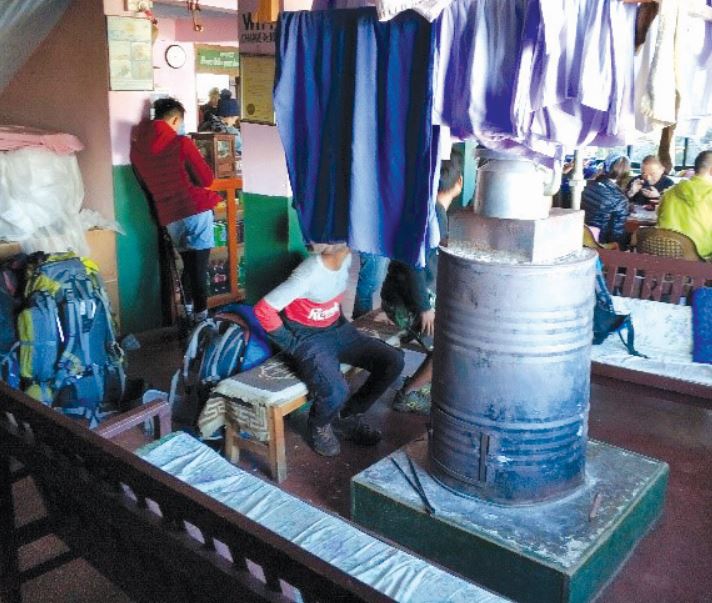
Tens of millions years ago, the ancient Indian continent began to move towards Eurasia, eventually triggering an epic Himalayan orogeny that created the towering Himalayas and the world’s third pole, the Qinghai-Tibetan plateau. This powerful force traveled east from the Qinghai-Tibet plateau and was responsible for the development of the Qinling Mountains in central China. When the Yangtze River from the Qinghai-Tibet plateau pushed aside the obstruction of the Qinling Mountains and continued eastward, the cooperation of the Yangtze River and the Qinling Mountains led to the emergence of the famous “three gorges of the Yangtze river”.
My hometown is just beside the three gorges. From this point of view, although more than 2,500 km apart, my hometown and Nepal are neighbors. If viewed from outer space, the whole area affected by the Himalayan orogeny appears as a whole; my hometown is at the eastern gate while Nepalis live at the southern gate.
The smart mountain folks made same bamboo baskets at both the places.
The weather in Nepal is good at this time, so I chose to go trekking in Pokhara. When I came to the Gurung village in the mountains, I suddenly had a feeling of returning home. Really, I thought I could actually see my home.
The above pictures of my hometown (on the left) are all from the internet. Many of them exist only in the vague memory of my childhood. When a person suddenly sees his childhood hometown scenery abroad, he is reduced to tears.
The following part may surprise you: my hometown also has the legend of “yeti”, only we don’t call it “yeti”, but “Ye Ren” (savage). Savage legends have thousands of years of history, and many ancient books also recorded the existence of this mysterious creature. In the 1970s, after the cadres of the local forest farm witnessed the Savage and wrote a detailed eyewitness report to the superior government, the Chinese Academy of Sciences established the “investigation team of mysterious creature” in 1976. With the help of a large number of PLA, it carried out a detailed field research on the relevant forest.
Houses of stone. Yes, 2,500 kilometers apart, the smart mountain folks in Sichuan and Nepal solved the problem of scarce building materials the same way.
Of course, apart from the footprints, feces, hair and reed-woven nests that might have been left by the Savages, there was no strong evidence of their existence, such as a corpse. To this day, this unsolved mystery can still arouse people’s imagination.
Life in the Nepali mountains was enjoyable and I was lucky enough to choose a SIM card that had no signal. I could completely relax from the usual tense life. When there is no Internet, no TV in the cold mountain night, you sit around the stove holding a cup of warm Nepali milk tea: Happiness is that easy.
There is an ancient Chinese poem, which goes like this: “When the bright moon rises in the sky, look up at her. No matter where we are in the world, we will see the same moon and share the same time”. Another ancient Chinese poem says, “If you forget you are a guest in your dream, take this place as your hometown.”
These days I have started considering the whole of Nepal as my hometown.
The author is chief correspondent of the Kathmandu office of Shanghai Wen Hui Daily. He has a Master’s in International Relations


